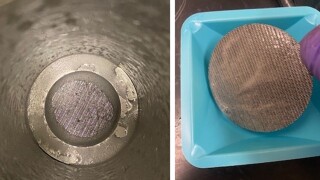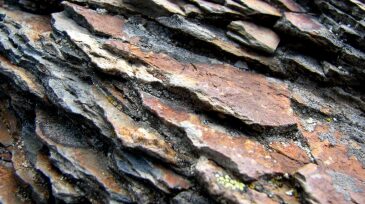Fracturing/pressure pumping
Technology developers expect the tight-oil industry to give lightweight proppants another look after the Permian Basin’s biggest operator becomes an adopter.
In this third work in a series, the authors conduct transfer-learning validation with a robust real-field data set for hydraulic fracturing design.
This paper describes development of a high-temperature water-based reservoir drill-in fluid using a novel synthetic polymer and customized with optimal chemical concentrations and sized calcium carbonate.
-
Low oil prices look like something the industry needs to get used to. “This will be with us for a while,” said Rex Tillerson
-
When it comes to fracturing, experts argue about many things, but they agree that fractures do not look like lightning bolts, tree roots, or shattered glass.
-
As shale operators look for ways to survive amid the current downturn in oil prices, accelerating the refracturing of older horizontal wells is turning into one of the most attractive options.
-
For more than 50 years pressure transient tests have been used to model conventional reservoir properties in wells all over the world. In unconventional reservoirs, it was first assumed this kind of test could not be done; however, a sensitive pressure gauge technology makes it possible.
-
This paper reviews two newly developed novel completion systems that significantly reduce time spent performing multistage stimulation in environments where cost and consequence of failure are high.
-
There are more than 100 accumulations in the southern North Sea that are flagged as stranded fields. One of these stranded tight gas fields, the Kew field, has been developed successfully with the use of a subsea well, horizontal drilling, and hydraulic fracturing.
-
SPE Distinguished Lecturer Joseph Frantz, Jr. says stakeholder opinions will shape the future of hydraulic fracturing.
-
Many oil and gas companies are pursuing fracture-flowback-water and produced-water recycling for subsequent drilling and fracturing operations. Removal of metals is important to success of these processes.
-
Gerald Verbeek contests the theory that fracturing opposition is meme driven.
-
Implementation of channel fracturing enhanced by rod-shaped proppant brings substantial value for depleted Devonian formations in the Orenburg region of Russia.













